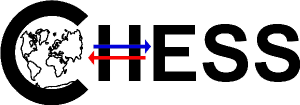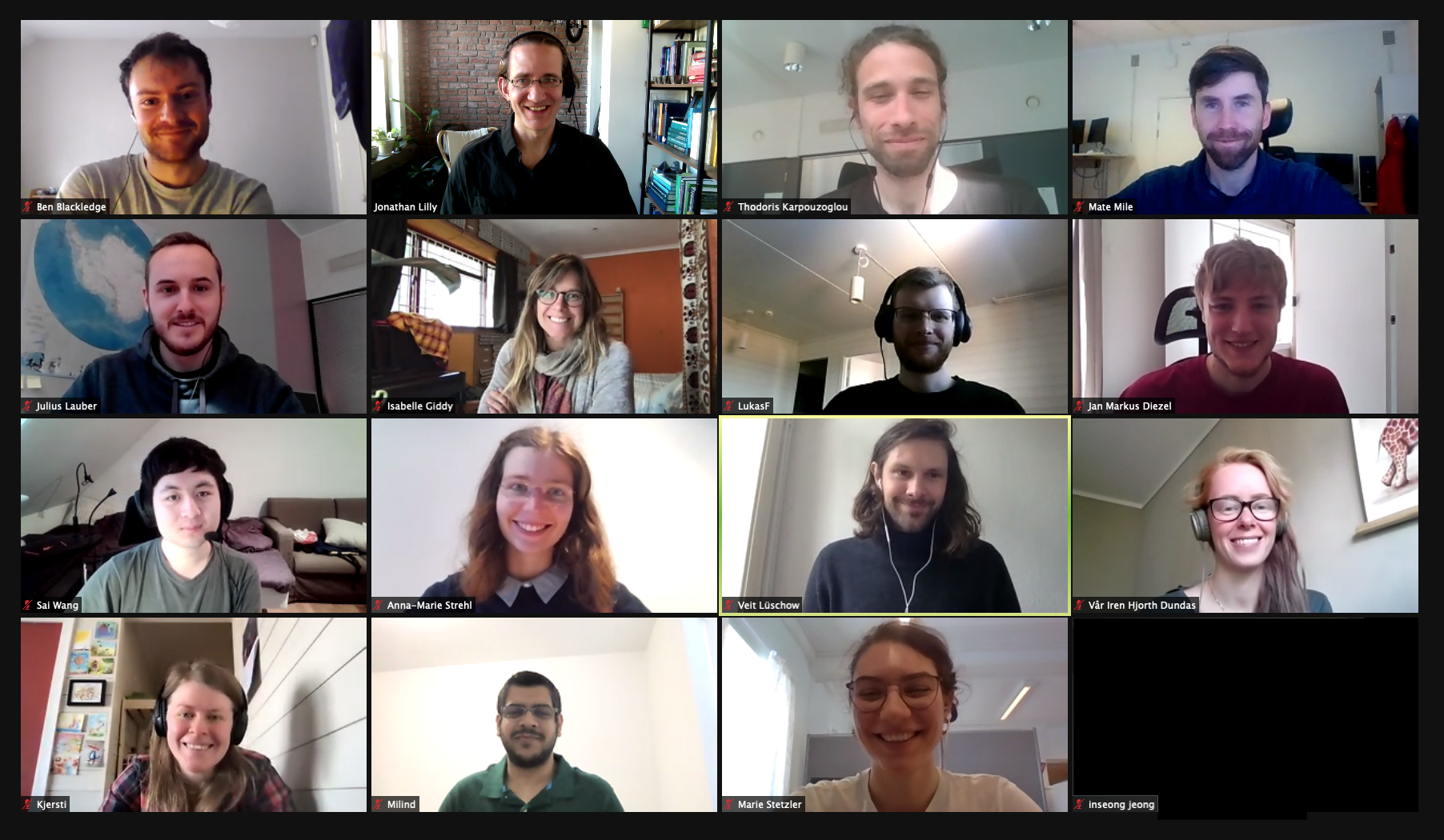The two-week course “Ocean/Atmosphere Time Series Analysis: Theory and Practice” was held via Zoom from 26 May to 7 June, 2021. Eighteen graduate students from five countries took part, with twelve students from Norway, three from the USA , and one each from the UK, South Africa, and Egypt. The instructor, Jonathan Lilly, is an oceanographer who specializes in data and time series analysis methodologies. The course ran five hours each day Monday through Friday, with a mixture of lectures, question and answer sessions, and lab assignments.
In this course, students were given a thorough grounding in modern time series analysis theory, beginning with the fundamental building blocks and working up to cutting-edge techniques for stationary and non-stationary time series analysis, specifically multi-taper spectral analysis and wavelet analysis. Students studied theory through pen and paper algebraic exercises, honed their intuition with hands-on programming assignments, and learned further through homework problems and group exercises. Students then examined datasets of their own choosing using these methods, gaining practice in matters of both application and interpretation.
The course culminated in student presentations, where the students showed the results of applying the methods they had been taught to their own time series, and presented their interpretations to the class for questions, brainstorming, and discussions. At the end of the course, each student submitted a final project summarizing what they had learned in application to their own dataset. Despite the limitations due to Zoom, student feedback was highly positive.
Text & photo: Jonathan Lilly

